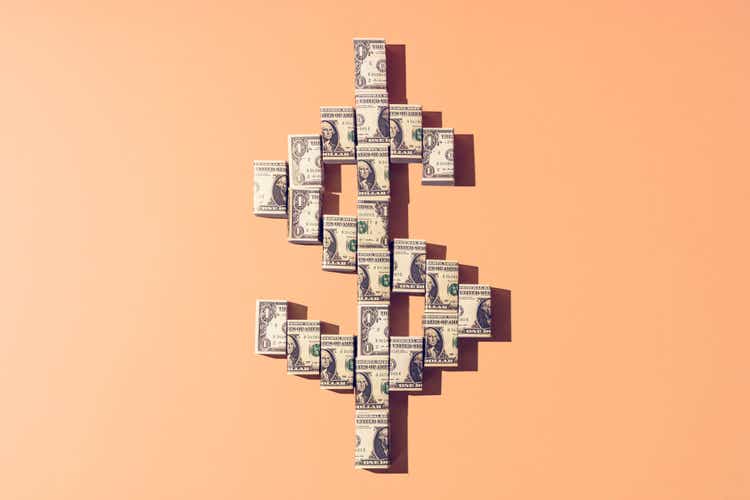Daniel Grizelj
Jerome Powell, Chairman of the Board of Governors of the Federal Reserve System, Lael Brainard, the Vice Chairman of the Board of Governors, and other officials of the Federal Reserve have given strong support this week to the Fed’s efforts to tighten up the monetary ropes and bring inflation back down to around the Fed’s target goal of 2.00 percent.
Stock prices rose this week.
Previous to this there had been three weeks of downward movement in stock prices as the Fed continued to follow its plan to bring consumer prices under control.
Investors don’t seem to want to cooperate.
Stock prices dropped on Tuesday and Wednesday this month.
Stock prices rose on Thursday and Friday.
Why The Rise?
The strongest reason for the rise in prices on Thursday and Friday seems to be the one that Akane Otani and Joe Wallace presented in the Wall Street Journal.
Stocks began the week lower but then made up ground over the following days, with shares of banks, manufacturers, and consumer-discretionary companies helping lead the charge. Analysts said at least some of the recovery seemed to be fueled by investors looking for bargains after three consecutive weekly losses that had wiped out much of the market’s summer rally.
Some indicators indicated that the market was “oversold.”
There is a general feeling that an “earnings collapse” is not in the near future.
After this, there is lots and lots of uncertainty.
Volatility is high, very high.
Sophisticated investors see this as a chance to “play the market.”
Look for bargains. Ride them for a while. Then sell.
What’s Behind This?
The question is, what is behind this?
Is there something here we are missing?
Let me make a suggestion.
In other areas of finance, we have been talking about all the money that is available to the system.
We talk about how the Fed must go beyond what they are now trying to do and accept the fact that since the beginning of 2020, the Federal Reserve has pumped $4.5 trillion into the financial system of the economy through the purchase of securities.
The current plans are, hopefully, to remove up to $2.5 trillion of these funds.
That means, the Fed will leave roughly $2.0 trillion in the financial system.
Any other time, we might say that $2.0 trillion is a “lot of money.”
In fact, right now, I would say $2.0 trillion is a “lot of money.”
So, the Fed put $4.5 trillion into the financial system since 2020 and is planning on taking out only $2.0 trillion of it.
This, it seems, is a lot of money to “leave around.”
That is, whereas the Fed is looking to remove a lot of money from the economy by reducing the size of its securities portfolio, it is still leaving a lot of money around to chase prices, to play the markets.
We have been ignoring this fact all along.
The Fed puts $4.5 trillion into the financial system, but it only takes $2.5 trillion out. This means that there is still a lot of money around to produce rising prices, whether they are fuel prices, housing prices, stock prices, or whatever.
In other words, the Fed has created the inflationary situation.
The Fed did this for “a good reason.” It worked during the spread of the Covid-19 pandemic to err on the side of monetary ease. It did not want to create a mistake by not putting enough cash into the economy.
But, now, on the other side of the “rescue”, the Fed is not looking at the other side.
An added $2.0 trillion of money to the economy can still be very inflationary, not only for consumer prices but for stock prices and for the prices of other assets.
That is, sophisticated investors have a lot of money to operate with and a volatile stock market can be a perfect place to earn a lot of extra cash.
In other words, the Federal Reserve created the situation and now, facing a very inflationary environment, the Federal Reserve has a responsibility to fully reverse the distortions that it has created.
If this is the case, the Federal Reserve has a long way to go to help return the U.S. economy to a more normal environment.


Be the first to comment